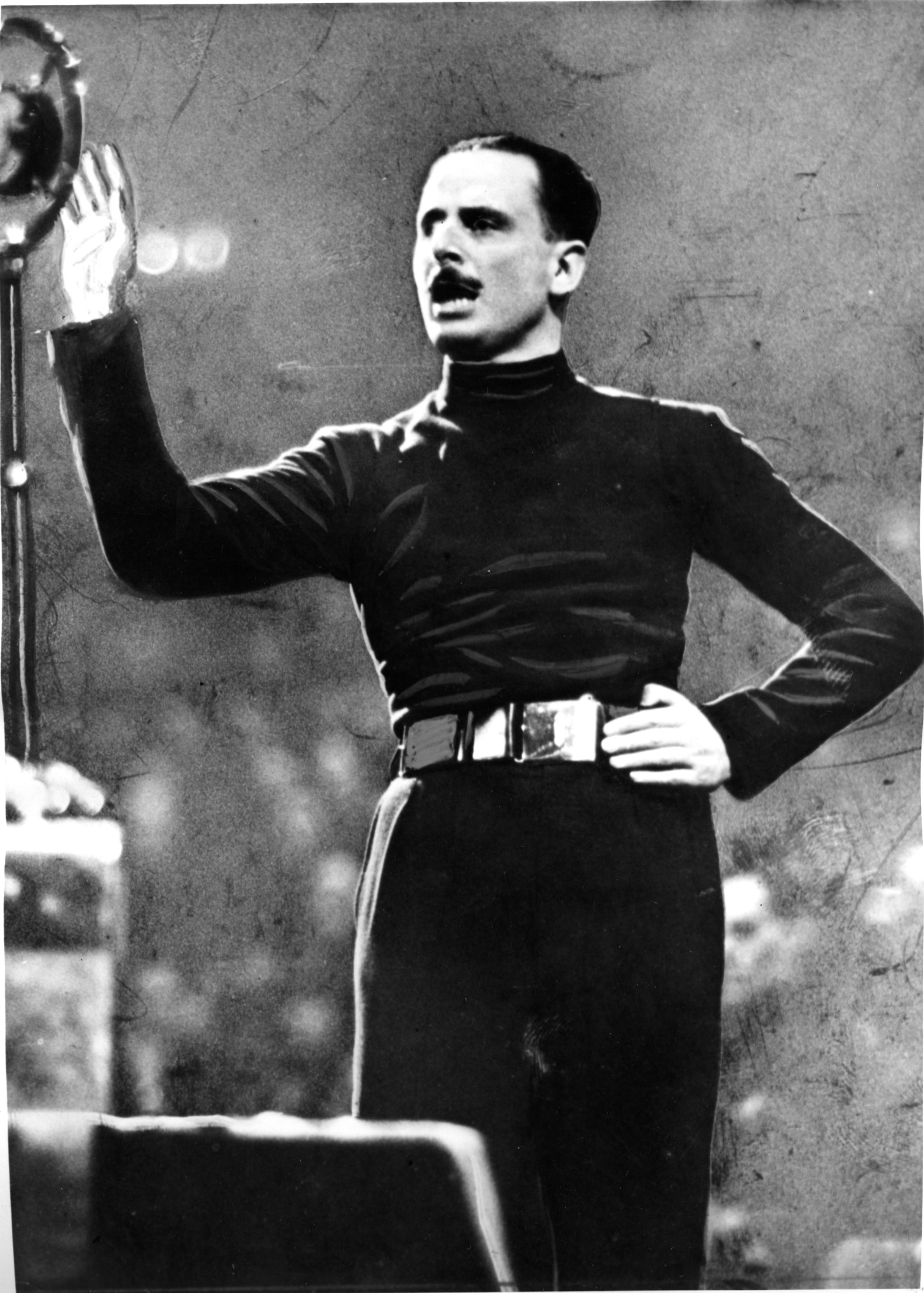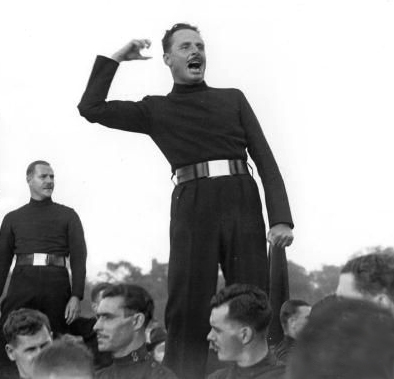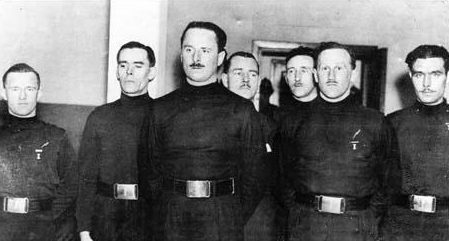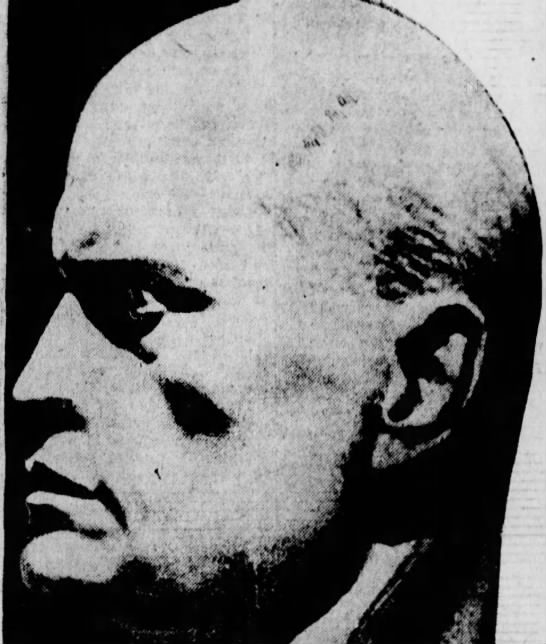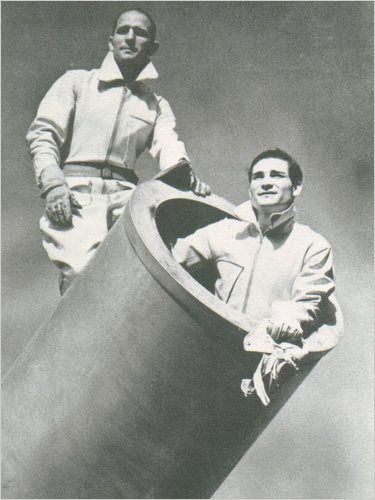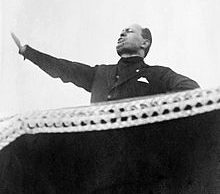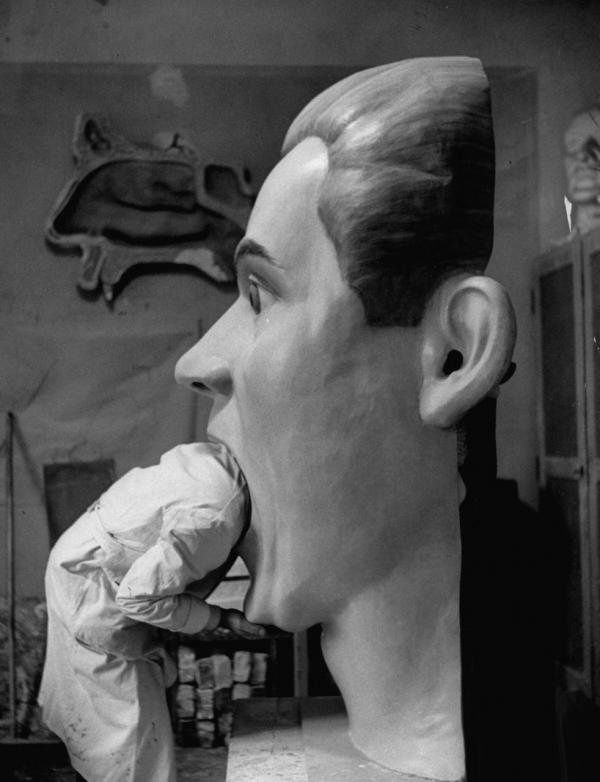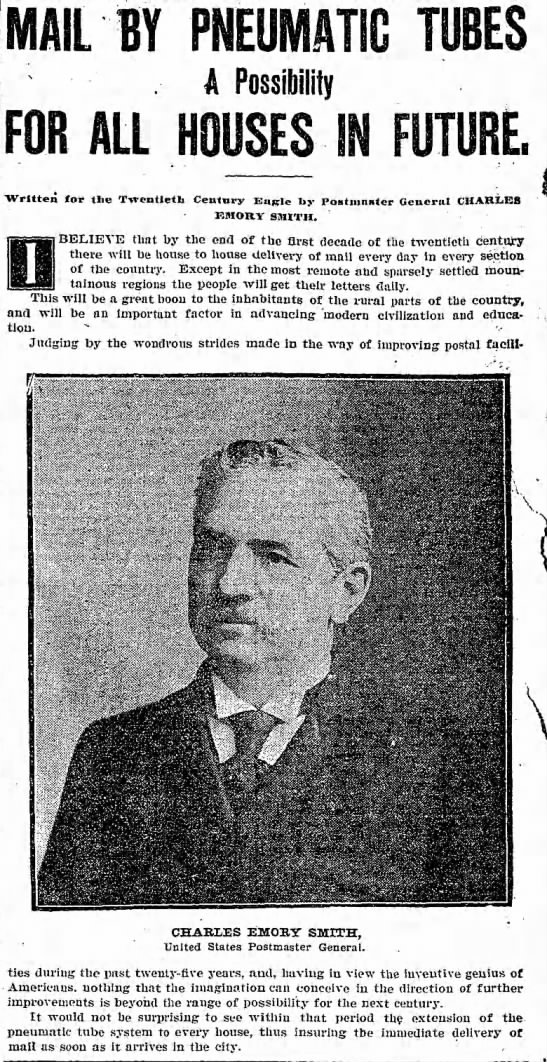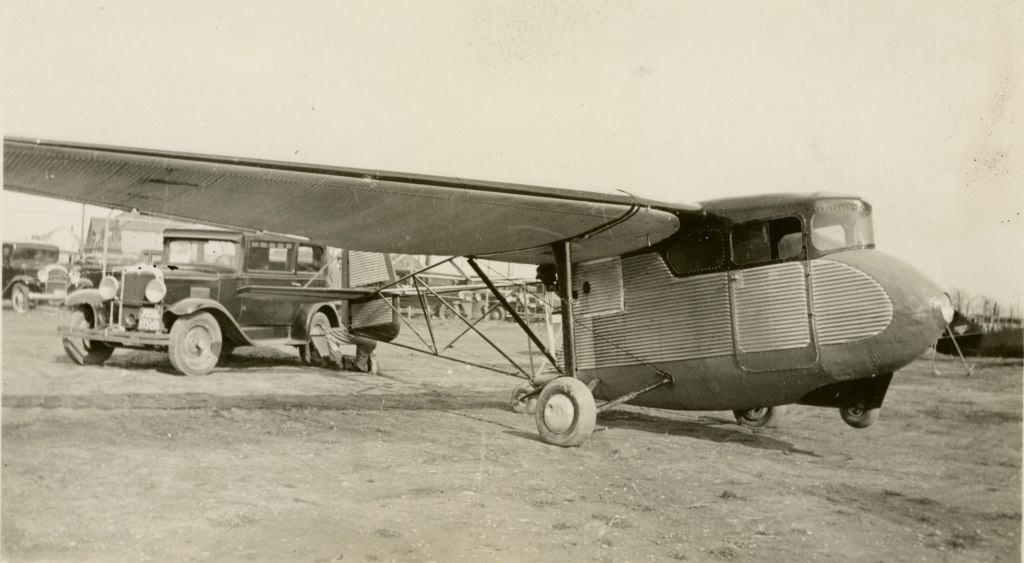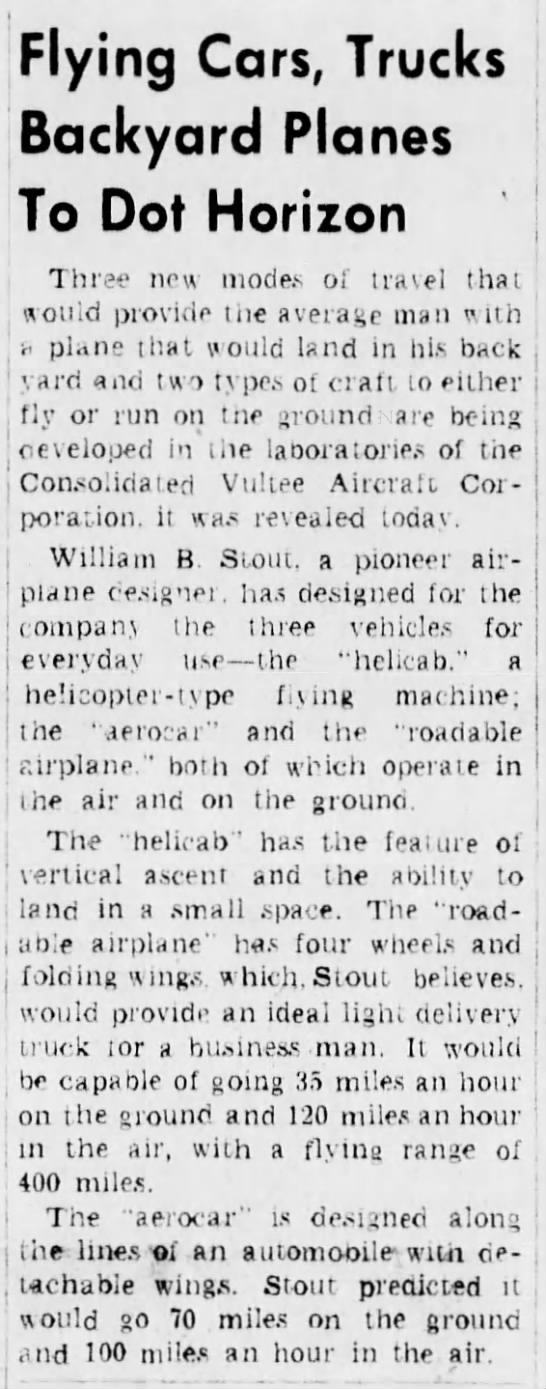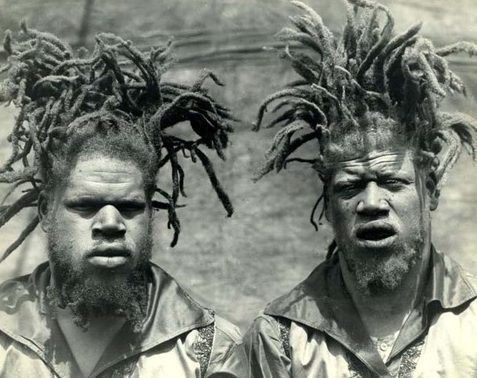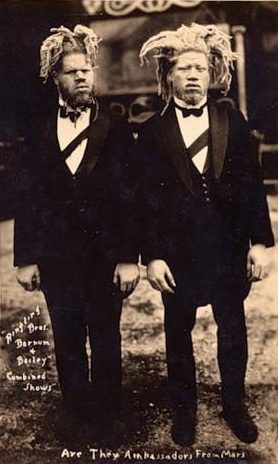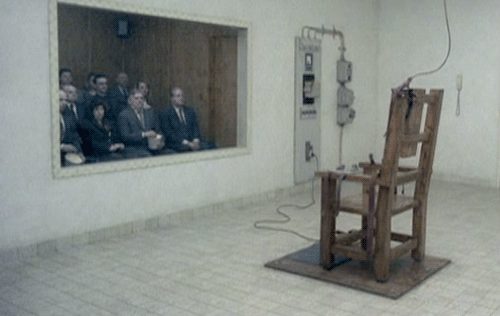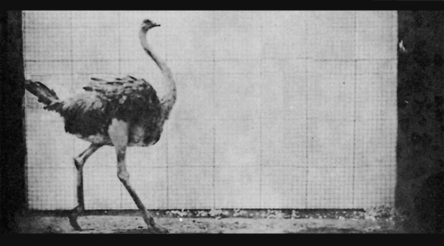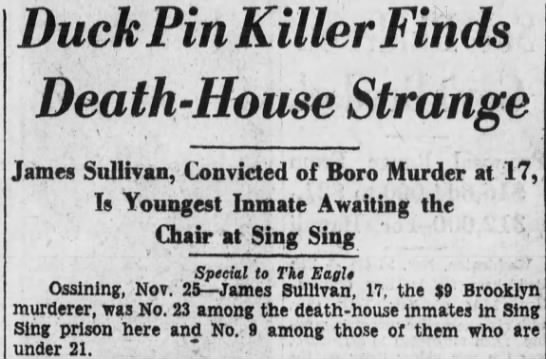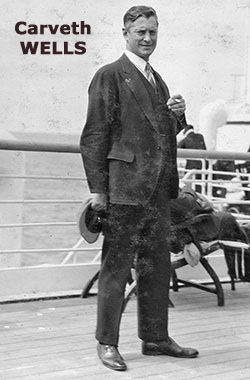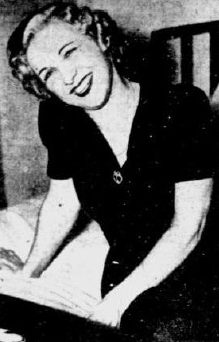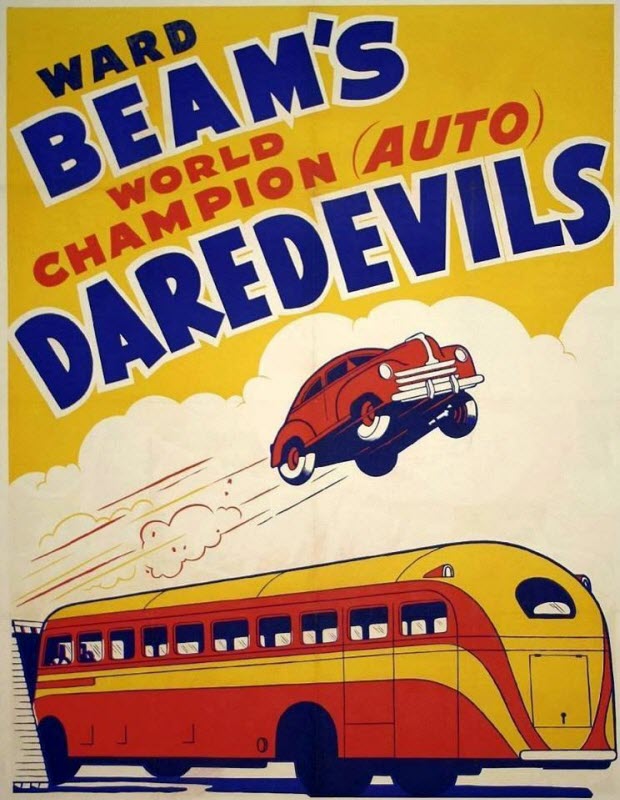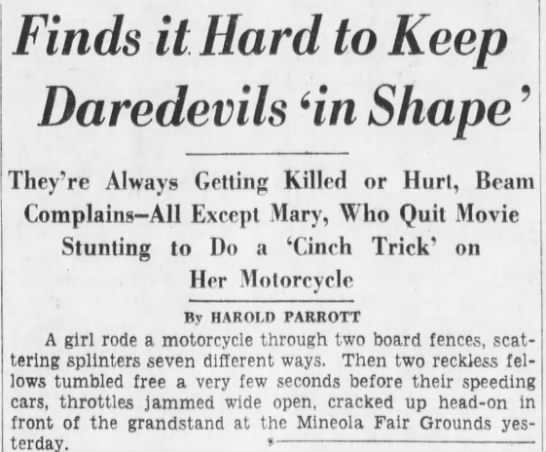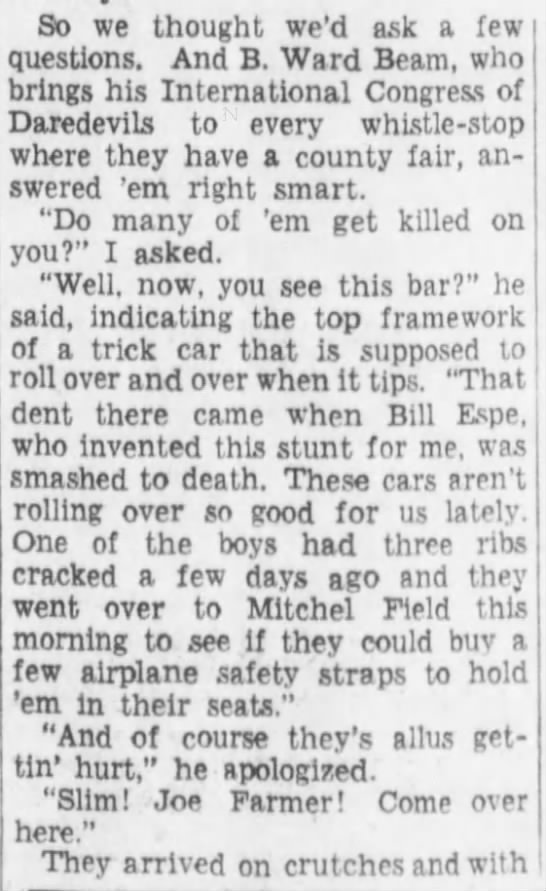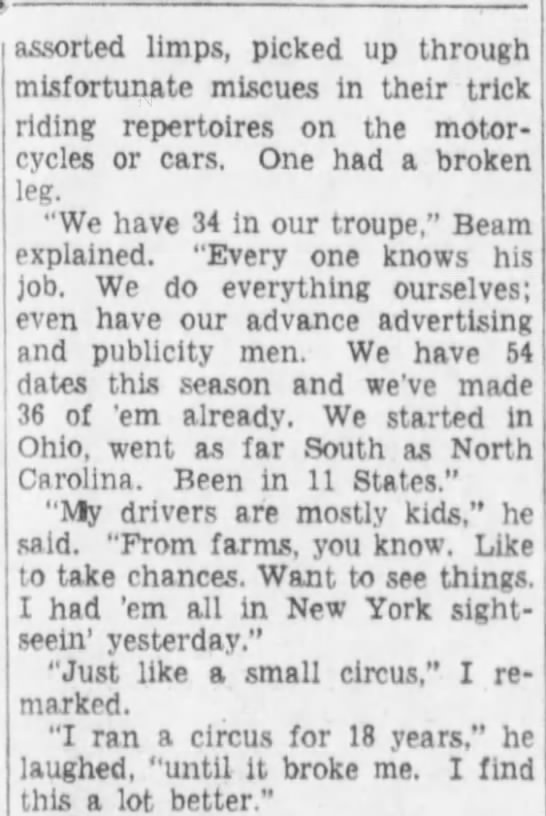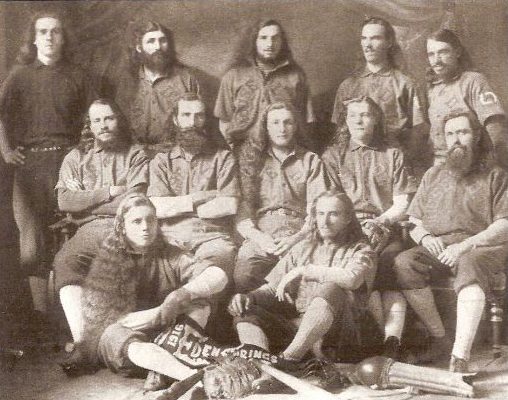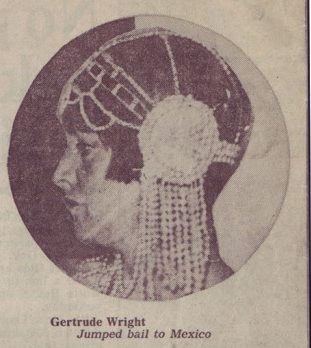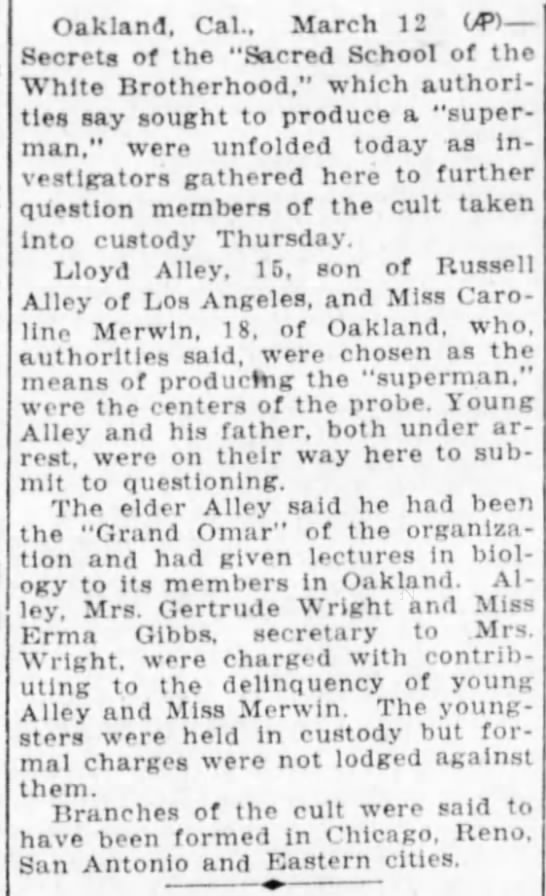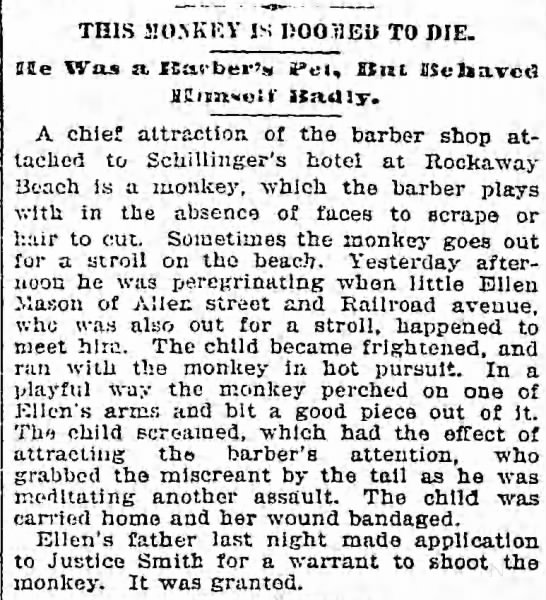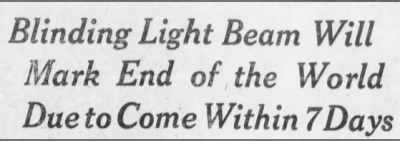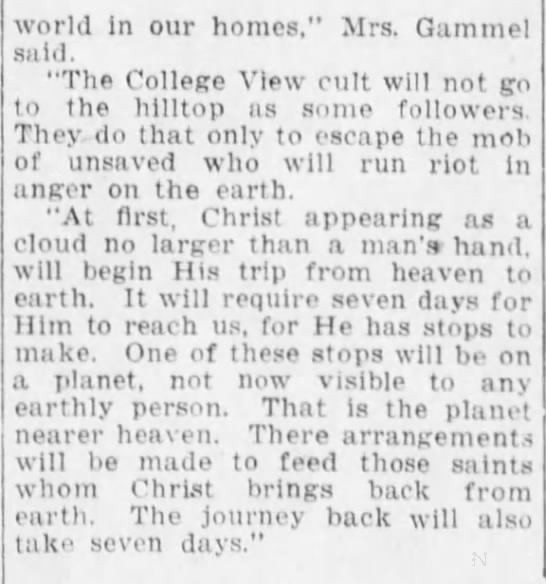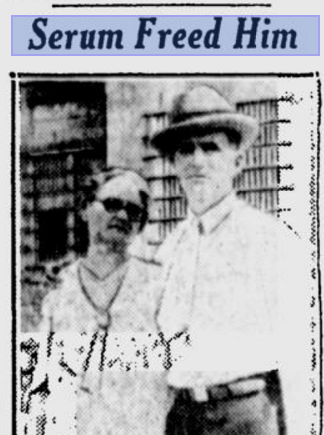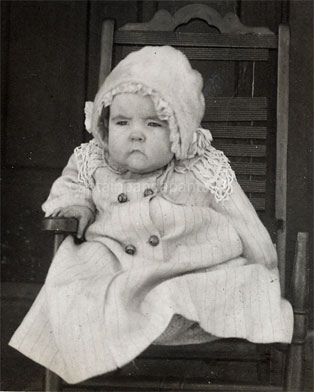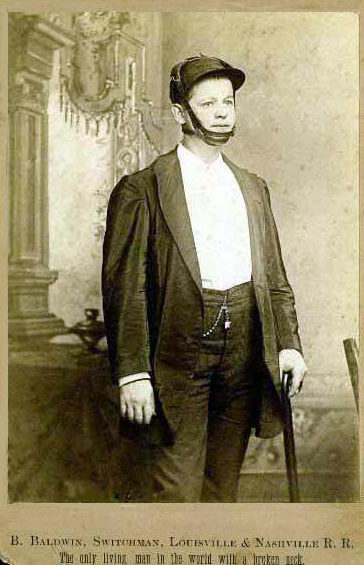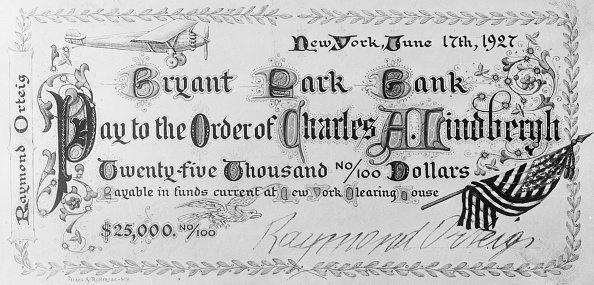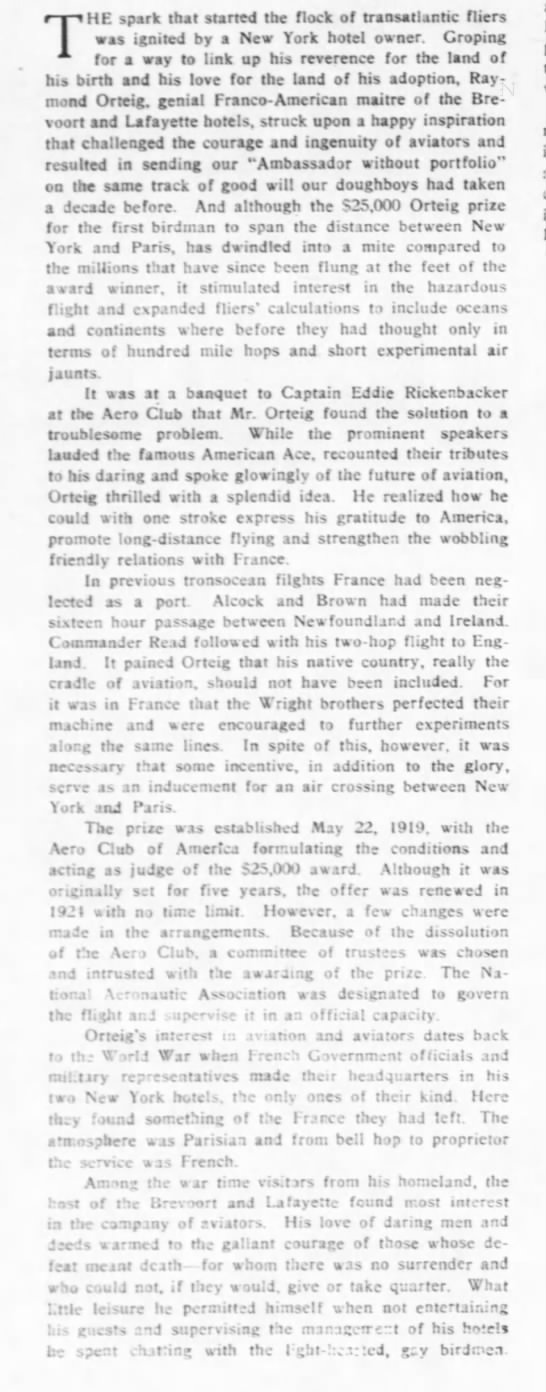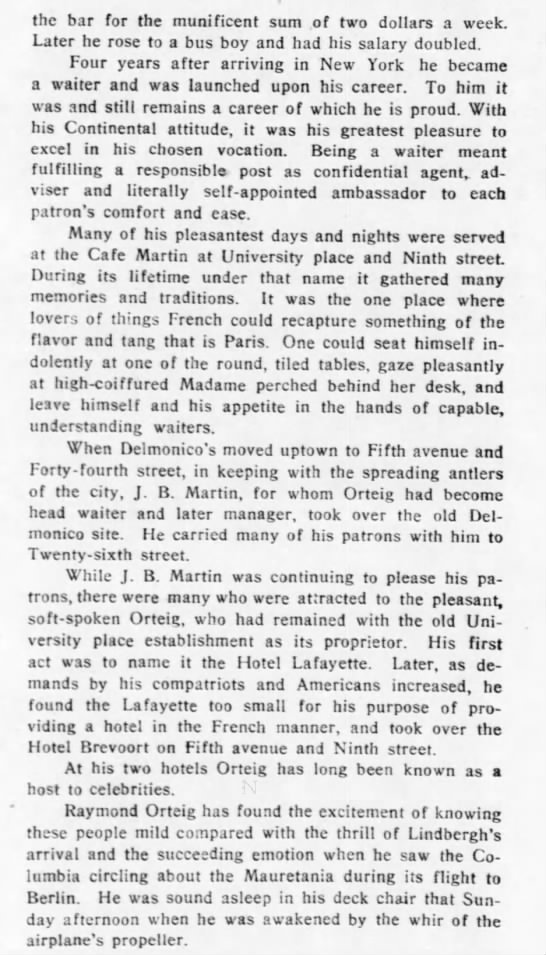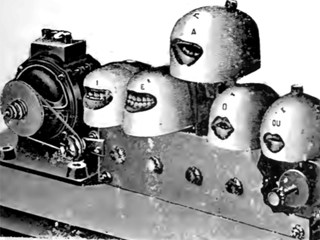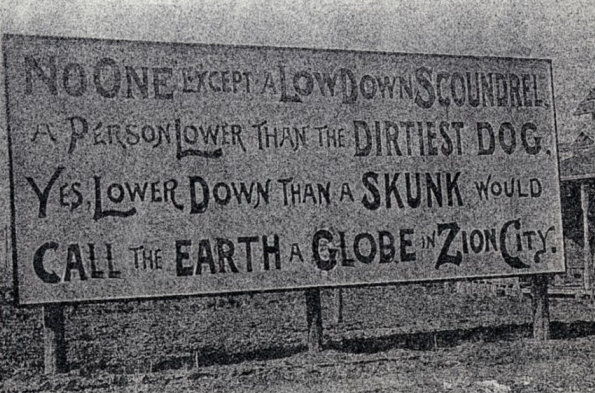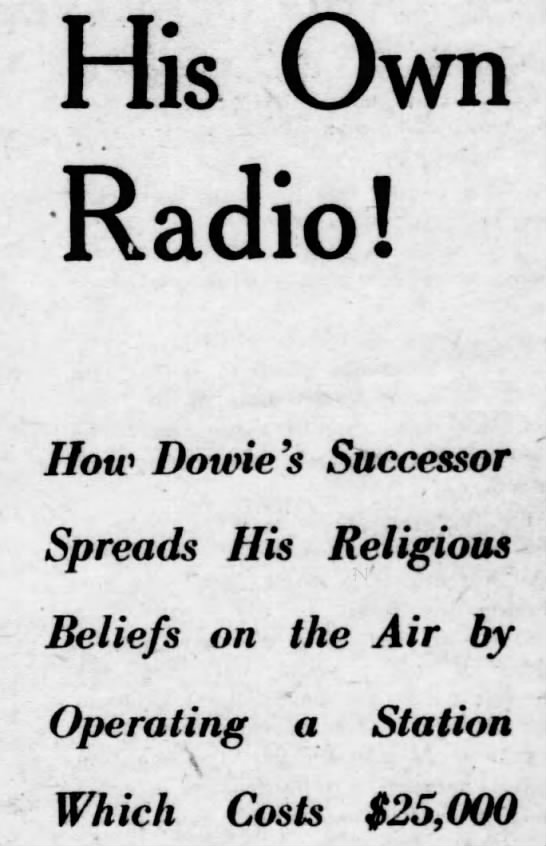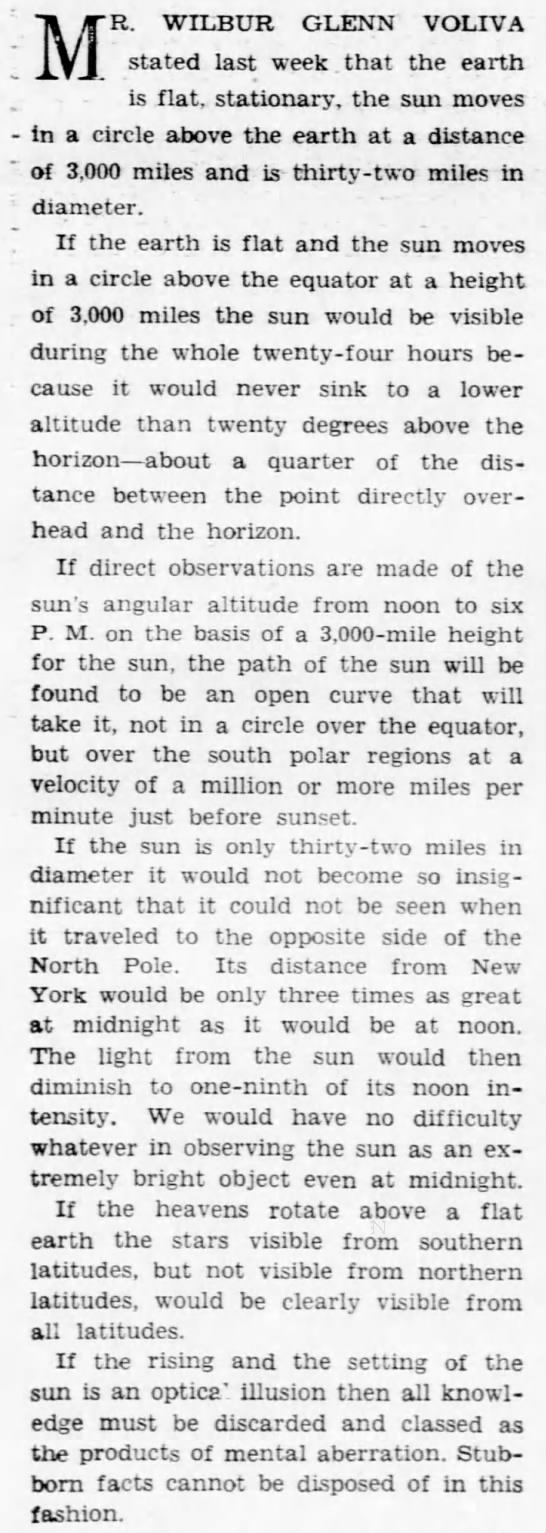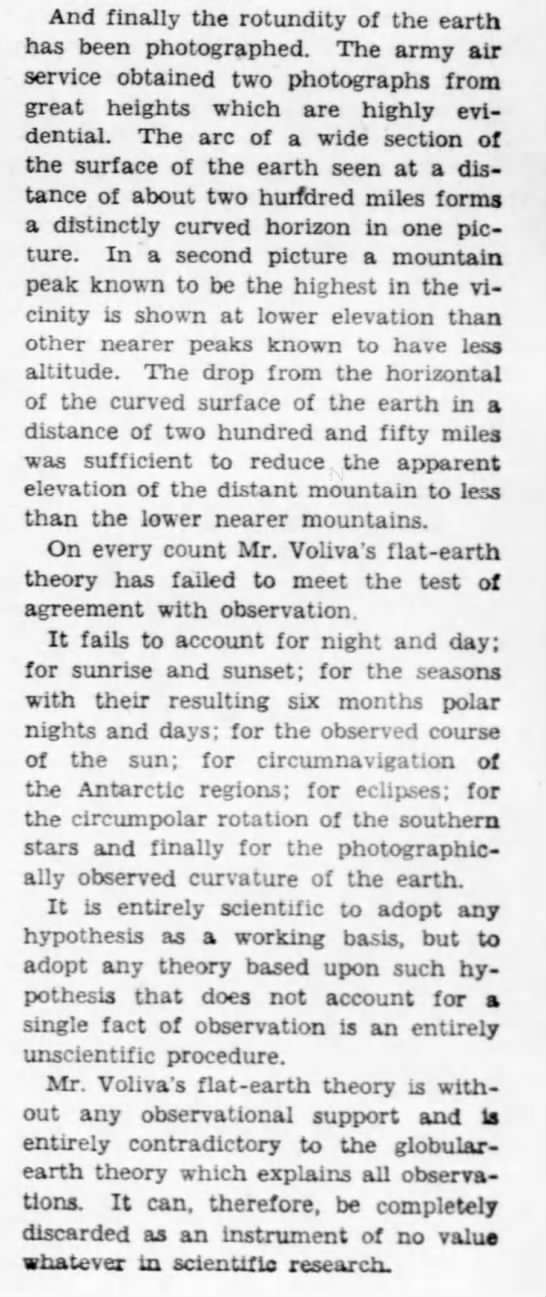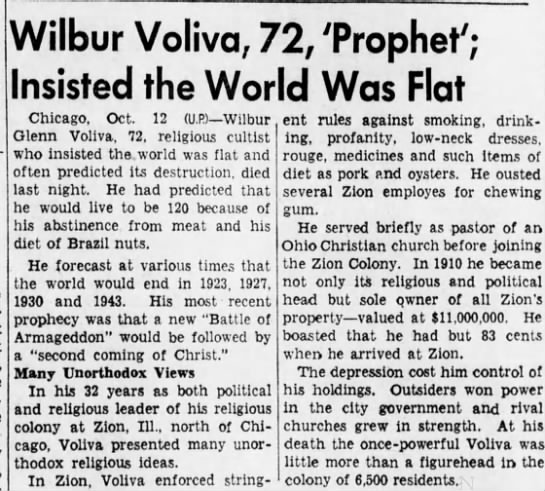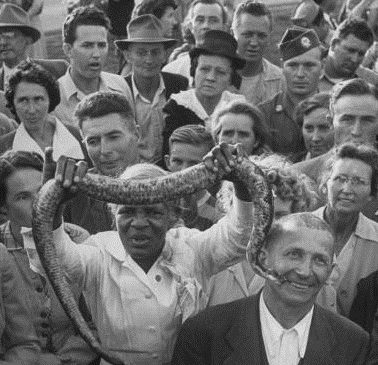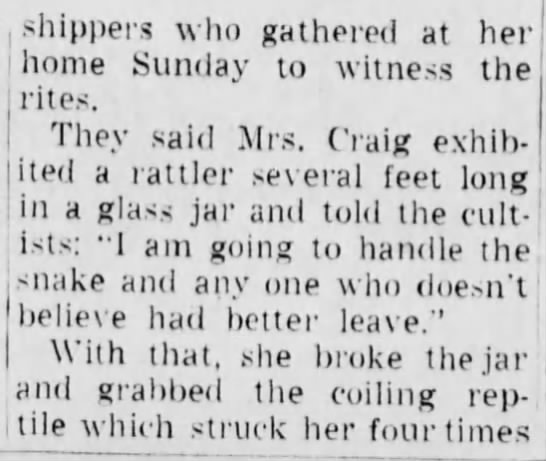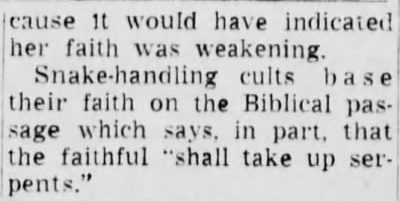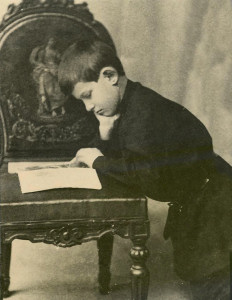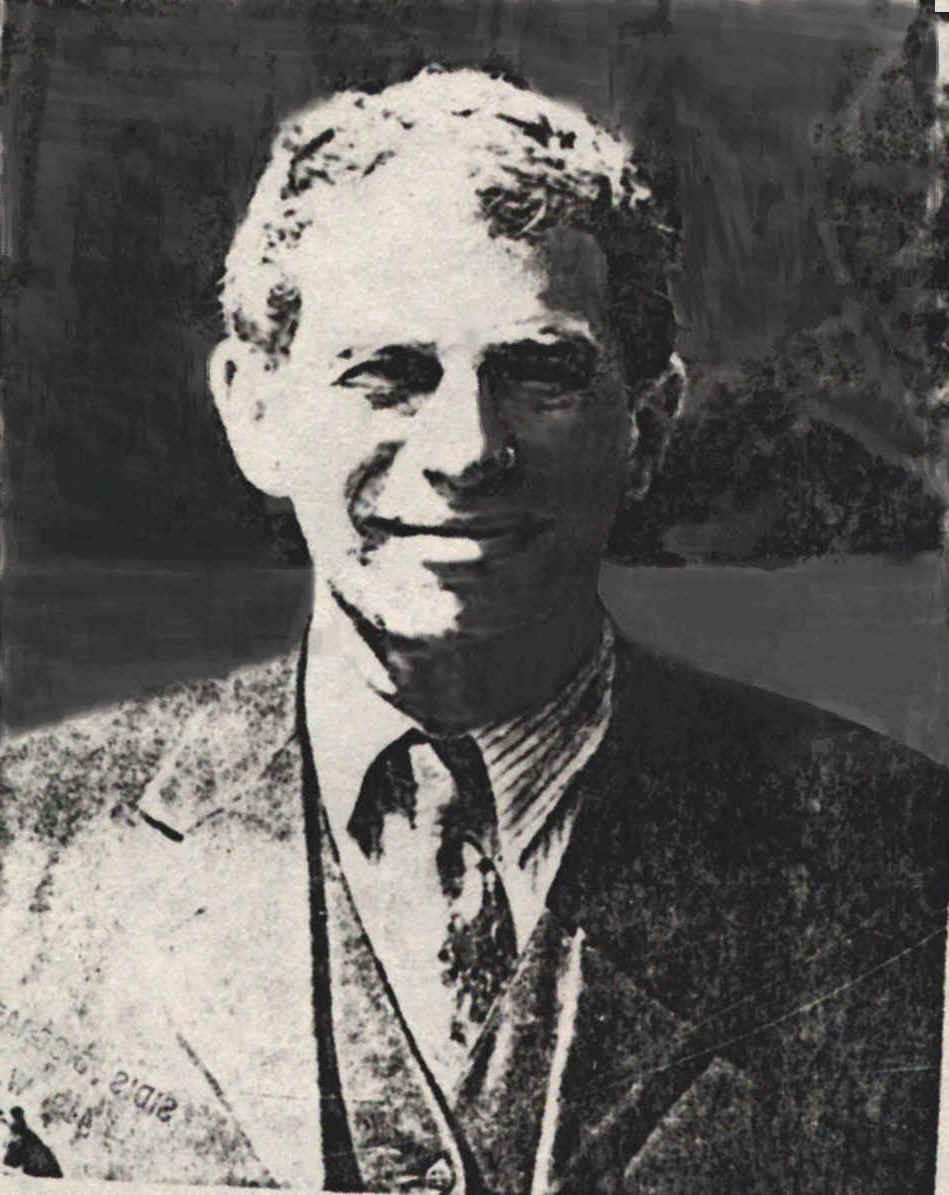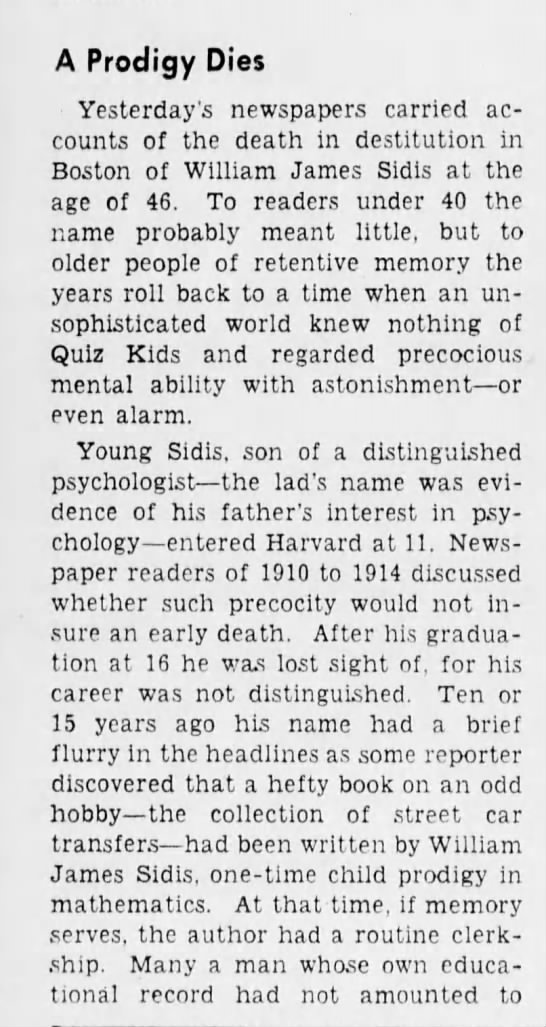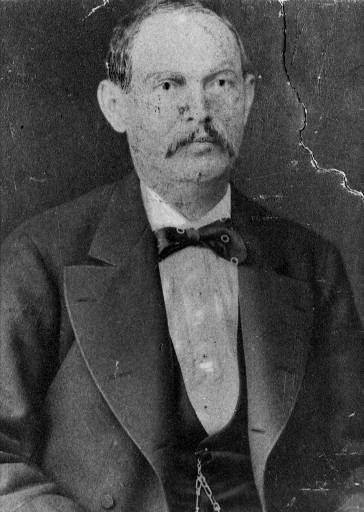
When he was born in 1830, nobody could have imagined Henry Hale Bliss would be killed 69 years later by a horseless, electric automobile, or that such a thing could even exist. In modern context, it would be similar to someone birthed in 1980 dying in 2050 because their driverless vehicle was hacked by a terrorist with a smartphone. Things change, sometimes with surprising swiftness.
The death of the New Yorker remains notable because he was the first recorded fatality of an American car accident, his head and chest crushed by a Manhattan taxicab as he exited a streetcar. Bliss’ demise was covered in an article in the September 14, 1899 New York Times. The story:
H. H. Bliss, a real estate dealer, with offices at 41 Wall Street, and living at 235 West Seventy-fifth Street, was run over last night at Central Park West and Seventy-fourth Street. He was injured fatally.
Bliss, accompanied by a woman named Lee, was alighting from a south-bound Eighth Avenue trolley car, when he was knocked down and run over by an automobile in charge of Arthur Smith of 151 West Sixty-second Street. He had left the car, and had turned to assist Miss Lee, when the automobile struck him. Bliss was knocked to the pavement, and two wheels of the cab passed over his head and body. His skull and chest were crushed.
Dr. David Orr Edson, son of ex-Mayor Edson, of 38th West Seventy-first Street, was the occupant of the electric cab. As soon as the vehicle was brought to a standstill he sent in a call to Roosevelt Hospital for an ambulance, and until its arrival did all he could to aid the injured man. When he was taken to the hospital Dr. Murray, the house surgeon, said that Bliss was so seriously injured that he could not live.
Smith was arrested and locked up in the West Sixty-eighth Street Station. It is claimed that a large truck occupied the right side of the avenue, making it necessary for Smith to run his vehicle close to the car. Dr. Edson was returning from a sick call in Harlem when the accident happened.
Mr. Bliss boarded at 235 West Seventy-fifth Street. The place where the accident happened is known to the motormen on the trolley line as “Dangerous Stretch,” on account of the many accidents which have occurred there during the past Summer.•

